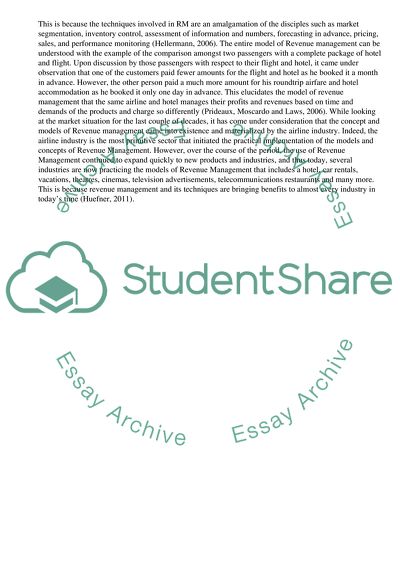Cite this document
(Revenue Management across Hotel Industry Research Paper, n.d.)
Revenue Management across Hotel Industry Research Paper. Retrieved from https://studentshare.org/management/1767833-revenue-management-implementation
Revenue Management across Hotel Industry Research Paper. Retrieved from https://studentshare.org/management/1767833-revenue-management-implementation
(Revenue Management across Hotel Industry Research Paper)
Revenue Management across Hotel Industry Research Paper. https://studentshare.org/management/1767833-revenue-management-implementation.
Revenue Management across Hotel Industry Research Paper. https://studentshare.org/management/1767833-revenue-management-implementation.
“Revenue Management across Hotel Industry Research Paper”, n.d. https://studentshare.org/management/1767833-revenue-management-implementation.


